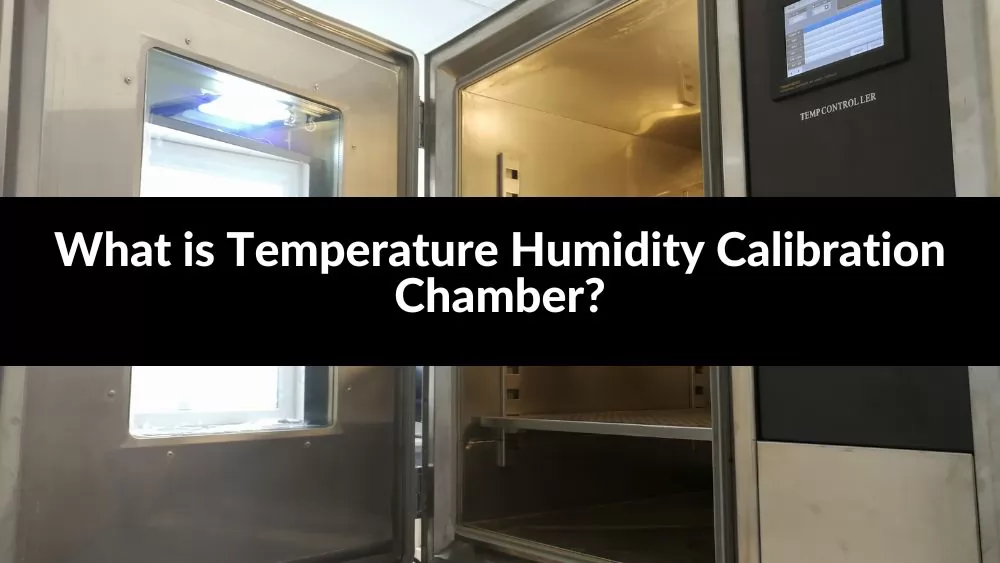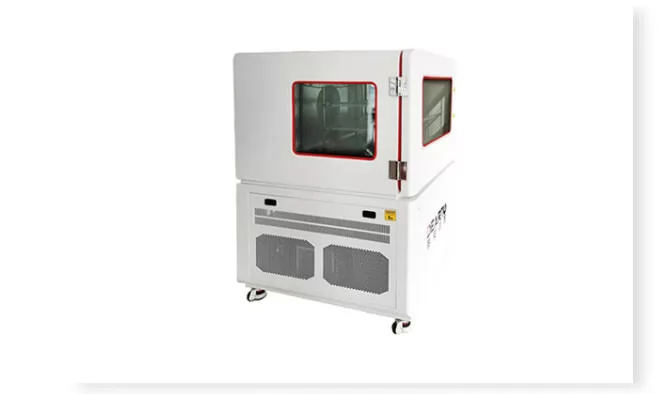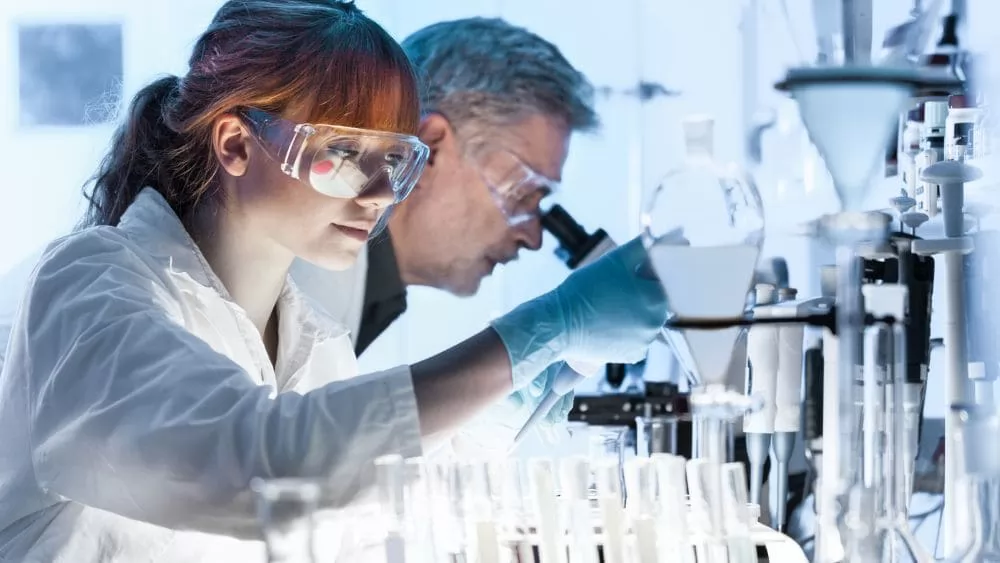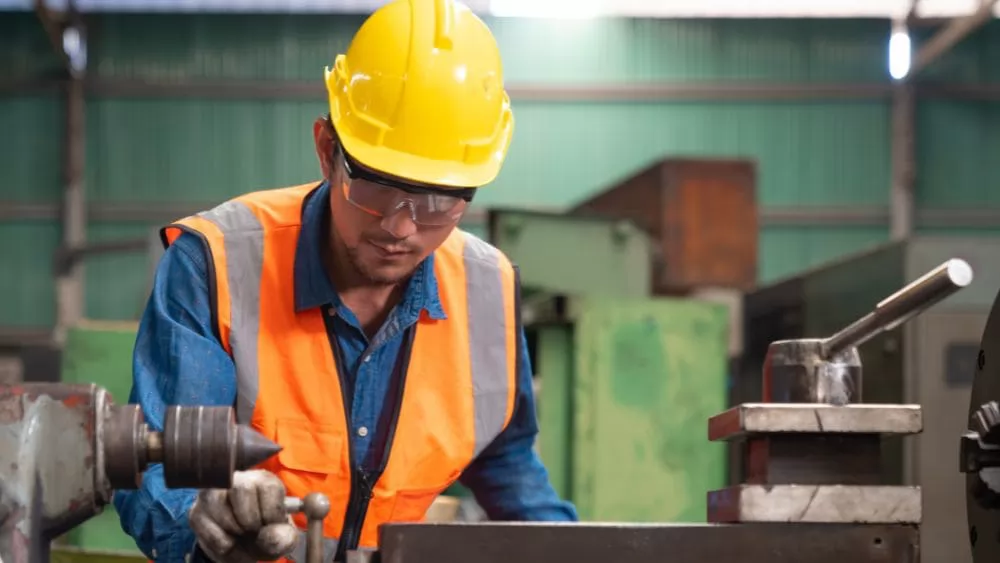
In practical production or research, maintaining precise control over temperature and humidity is paramount. Even a slight deviation in these key parameters can lead to significant errors in final results, potentially necessitating the costly overturning and restarting of production processes or experiments. To address this critical need for accuracy, temperature and humidity calibration chambers are employed. In this article, I have meticulously reviewed relevant literature and consulted with industry experts to provide you with a comprehensive understanding of temperature humidity calibration chambers.
List of Contents |
Intro to Temperature Humidity Calibration Chamber
Temperature and humidity calibration chamber is a special facility used to accurately calibrate and test environmental conditions related to temperature and humidity. These chambers play a vital role in ensuring the accuracy and reliability of various instruments and sensors across different industries.

How Does It Work?
The working principle of the temperature and humidity calibration chamber is to achieve the purpose of temperature and humidity calibration by accurately controlling the conditions in a closed space.
Temperature control: Use coils, lamps, or steam generators to heat, or use refrigerants in the chamber to absorb heat to lower the temperature. It is very worth noting that at this time we need to adjust the power to maintain a relatively stable environment.
Humidity Control: Steam generated using hot water is injected into the chamber to increase humidity. Of course, using air circulation to evaporate water also increases humidity. Using a desiccant or condenser tube can effectively reduce humidity.
The Most Common Common Types
Here is an overview of some of the most common categories of temperature and humidity calibration chambers:
1. Desktop thermostat: The desktop thermostat is a compact and portable temperature and humidity calibration device that can be easily installed on a laboratory workbench or tabletop. It provides a space-saving solution suitable for calibrating small to medium-sized equipment or conducting research experiments requiring specific temperature and humidity conditions.
2. Reach-in chamber: A reach-in chamber is a compact, cabinet-style test chamber typically used to calibrate small to medium-sized equipment. By design, the refrigeration system is located under or behind the chamber so that the chamber floor is relatively close to the room floor.
3. Walk-in chamber: The walk-in chamber is larger and designed for testing large equipment. They offer spacious interiors and often have customizable configurations to meet specific calibration needs.
Applications in Different Industries
Temperature and humidity calibration boxes are used in various fields:
Scientific research: Atmospheric laboratories, materials testing laboratories, and biological science laboratories all need accurate temperature calibration. Remember, scientists rely on these instruments to obtain accurate research data for their papers.
Pharmaceutical industry: Different drugs may have very different effects in different temperature and humidity environments. From this perspective, the temperature and humidity calibration box also indirectly ensures that the patient's treatment effect is not compromised in this magical way.
Automotive Industry: The automotive industry is one of the most demanding industries. Car sensors and airbags must be able to maintain operation under extreme conditions of different temperatures and humidity. It is no exaggeration to say that without a well-functioning temperature and humidity calibration box, the produced car will have adverse effects on the lives of drivers and passengers. A major threat to security.
Electronics industry: Temperature and humidity calibration chambers are also widely used in the electronics industry to evaluate the performance and reliability of circuit boards or power components. Temperature cycling testing can stress components and identify wiring soldering problems.

Calibration Process
1. Setup
Place the instrument inside the chamber.
Set the desired temperature and humidity levels.
2. Stabilization
Allow the chamber to stabilize.
Ensure uniform conditions throughout.
3. Comparison
Compare the instrument’s readings with known reference values.
Adjust if necessary.
4. Documentation
Record calibration results.
Maintain a calibration log for traceability.
Best Practices for Maintaining
How to ensure that the calibration box is in optimal working condition for a long time? I think the most important thing is to operate the machine correctly and maintain it regularly. Here are some best practices to follow:
-
Familiar with the manual: Have a basic understanding of the manufacturer's operating manual, keep some important reminders in mind, and open the manual to check related functions or precautions when necessary.
-
Preconditioning: Precondition the chamber by setting temperature and humidity levels before calibration. This is important to ensure the accuracy of temperature calibration.
-
Avoid Rapid Temperature Changes: Minimize rapid temperature changes or thermal shock within the chamber. Rapid temperature changes can have a significant negative impact on calibration.
-
Visual Inspection: Regularly inspect the inside and outside of the chamber for damage, leaks, or loose parts. Resolve any issues promptly.
-
Regular cleaning: Keep the chamber clean and free of dust or debris. Follow the manufacturer's manual for regular cleaning of internal and external surfaces and inspection and cleaning of condensers, fans and other components of refrigeration. Cleaning once a month is usually recommended.
-
Follow safety procedures: Familiarize yourself with safety features such as emergency shutdown systems, over-temperature protection and ventilation requirements. Develop your own safety plan for chamber operation.
-
Cleaning: Clean the inside of the chamber regularly to remove dust and debris. Monthly cleaning is generally recommended, but actual cleaning frequency depends on usage and environment.

The Importance of Routine Maintenance
Routine maintenance has several advantages:
Ensure accuracy: Maintaining optimal conditions ensures accuracy and reliability of calibration results.
Minimize downtime: Proactive maintenance prevents unexpected failures, reduces downtime and ensures efficient testing operations.
Extended service life: Proper maintenance helps extend the life of your chamber, maximizing your return on investment.
Frequently Asked Questions
Q: Does the temperature and humidity calibration chamber need to be connected to the water supply system?
A: The temperature and humidity calibration box requires a water source, and we recommend using piped water. We can provide water filtration, but working with a local water quality expert is ideal.
Q: How do I select the right chamber for my needs?
A: Consider the following factors when choosing a Temperature Humidity Calibration Chamber:
Size: Ensure the chamber’s dimensions accommodate the largest equipment you plan to calibrate.
Temperature Range: Choose a chamber with a temperature range that covers your specific calibration requirements (e.g., -40°C to +150°C).
Humidity Range: Consider the humidity levels needed for your applications (e.g., 10% RH to 95% RH).
Accuracy: Verify that the chamber meets the required accuracy standards.
Uniformity: Look for chambers with uniform temperature and humidity distribution throughout the workspace.
Conclusion
In conclusion, temperature and humidity calibration chambers are indispensable tools across various industries, ensuring the accuracy and reliability of instruments and sensors. By accurately controlling environmental conditions, these chambers facilitate precise calibration and testing, safeguarding against potential errors and economic losses. For comprehensive solutions in temperature and humidity calibration and measurement, feel free to contact DEARTO Instrument from China. With a focus on research, development, and manufacturing, DEARTO Instrument strives for independent innovation, aiming to establish itself as a leader in smart temperature and humidity solutions.



